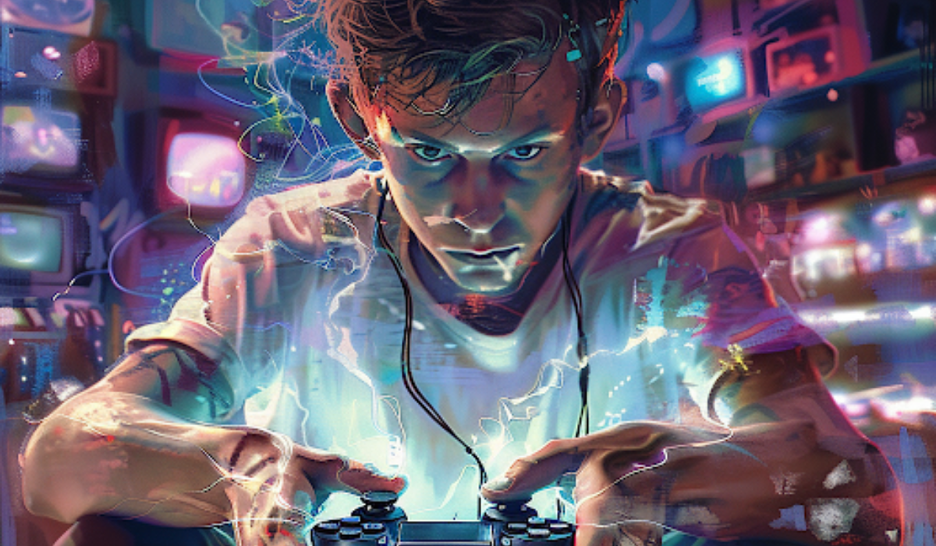Video gaming is one of the largest industries in the world today; the most recent estimates valued it at $217.06 billion in 2022, while the number of active video gamers currently stands at around 3.32 billion.
These figures are undoubtedly impressive. One cannot help but wonder: How do modern-day games manage to sustain such levels of engagement? The answer to this success lies in several strategies, most notably what is often dubbed as “seasonality.”
To elaborate, seasonality in gaming refers to the practice of regularly updating game content, features, and events in accordance with real-world seasons or specific time periods. These updates often include thematic content such as holiday events, seasonal cosmetics, limited-time game modes, and evolving storyline events.
The seasonality approach in video gaming development has proven successful for popular titles such as Fortnite, Call of Duty, Minecraft, and upcoming NFT-oriented video games like UNKJD Soccer, which have all garnered loyal fanbases.
Seasonality: The Secret Sauce to a Loyal Fandom
While the immersive nature of video games is a core factor when it comes to engagement, the cherry on top is introducing a storyline, merchandise, or seasonal in-game items that gamers can anticipate every time there’s a new feature release or upgrade.
As mentioned above, this is the strategy that has propelled Fortnite to where it is today; according to statistics from activeplayer.io, active players over the past month stand at slightly above 237 million. But more importantly, Fortnite’s mastery of the art of seasonality has seen Epic Games debut five chapters of Battle Royale, each comprising several seasons since the game launched in 2017.
The most recent release (Chapter 5, Season 1) follows a theme dubbed ‘Gangs/Criminal Activity’, introducing new features such as a new island, the Fortnite Festival, and society medallions which gamers can acquire by defeating one of the five society bosses.
Like Fortnite, Call of Duty (CoD) and League of Legends also follow a storyline; the former features multi-week themed events where players can earn or compete for Battle Pass rewards during a specific season.
Meanwhile, League of Legends (LoL) recently released its latest season (14), which includes changes to the ranked year, splitting it into three instead of one per year. With this new ranking, LoL players will have more flexibility to join rankings; instead of waiting for a whole year, there will be a new ranking season every four months.
From these few examples, it is a no-brainer that seasonality is a key strategy in retaining gamer engagement. However, the missing part to the puzzle is how game developers can add value such that besides gaming, players can be able to realize monetary value from the in-game assets they accumulate over time.
This is where Web3 gaming models come in; NFT-oriented video games such as UNKJD offer an entirely new value proposition: asset portability and earning channels.
Web3 Gaming: Asset Portability and Passive Earning
You might be wondering what exactly Web3 is and how it is set to revolutionize video gaming. By definition, Web3 is the third iteration of the internet where users have control instead of centralized organizations, as is the norm in Web2.
To paint a better picture of how Web3 works, let’s take the example of the aforementioned games and compare them to UNKJD. Besides being a multiplayer RPG game, UNKJD takes gaming a notch higher by tapping into NFT technology.
At the core, UNKJD is designed as an NFT-powered soccer game. Unlike Fortnite or CoD, where gamers cannot claim they directly own or control in-game items, in this particular Web3 game, players own the game’s assets: Ballers and Stadiums. Therefore, UNKJD gamers can generate passive income through activities like hosting matches through owned stadiums or selling the in-game assets they accumulate over time through an NFT marketplace.
But more importantly, as a soccer-oriented game, UNKJD has also incorporated the aspect of seasonality into its game offerings. Last year, the project debuted its first tournament, opening up opportunities for gamers on the platform to earn rewards of up to $1000 in UNKJD native tokens.
It is also interesting to observe that the larger soccer fraternity has, in the recent past, pioneered NFT-based initiatives to boost fan engagement. In the 2022 World Cup, FIFA launched a collection of NFTs (FIFA+ collectibles) to capture some of the most spectacular moments and preserve them as unique digital memorabilia. Coca-Cola also collaborated with Crypto.com and digital artist GMUNK to celebrate the Qatar 2022 World Cup event.
“The FIFA World Cup™ in Qatar is about bringing magical moments to life on and off the pitch for millions of fans from the region and beyond. This incredible collaboration with GMUNK will see 10,000 stunning and unique ‘Pieces of Magic’ in the form of NFTs available for fans to own forever.” – FIFA World Cup General Manager at The Coca-Cola Company, Nazli Berberoglu.
Conclusion
The integration of Web3 and gaming will undoubtedly herald a new era in the world of digital ownership. Gone will be the days when a player is merely fascinated by owning an in-game asset that they cannot transfer to another platform or monetize by exchanging it for fiat. In this new paradigm, the main goal is to enable gamers not only to experience the thrill that comes with seasonality but also to have the opportunity to fully own digital items as NFTs.
